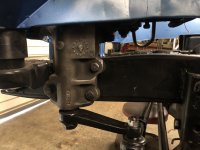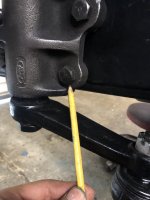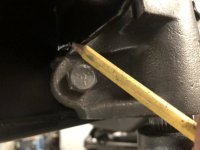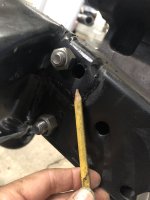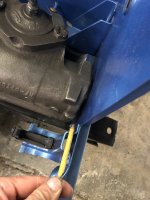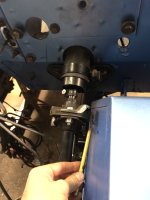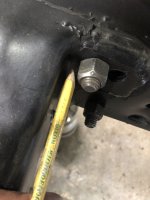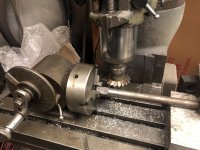Tias
New Member
I am tackling some of the odd jobs on my frame before sending it off for blasting. This includes setting it up for a 4X4X2 steering box. Looking through the various past threads, it looks like there are two main options for locating the box:
1) front bottom hole - this will require clearencing the cross member for the new top rear hole
2) bottom rear hole - this will require clearencing the body mount bracket
I am not sure which way to go. Any pros/cons in regards to steering geometry or other issues for either these options other than dealing the frame modifications?
It sounds like a reinforcement plate as well as new beefier sleeves are a must, regardless of where the box finds it home.
1) front bottom hole - this will require clearencing the cross member for the new top rear hole
2) bottom rear hole - this will require clearencing the body mount bracket
I am not sure which way to go. Any pros/cons in regards to steering geometry or other issues for either these options other than dealing the frame modifications?
It sounds like a reinforcement plate as well as new beefier sleeves are a must, regardless of where the box finds it home.











